- Monologue Earth Ocean Alone
- Earth
- Helena
- Helena
- Monologue
- Curie Dress
- Curie Dress
- War and Peace
- War and Peace
- Dandelion
- Dandelion
- Dandelion
Meet KtY - a creative technologist and hardware prototyper focused on programmable clothing, computational textiles and wearable devices. As a former journalist, I had the privilege of interviewing her for Synchronized Chaos Magazine about her work combining fashion with electronics. CD: You mention that you're a Renaissance woman, with knowledge of and interest in different fields. What sorts of combinations of areas of interest do you think stimulate the interest of today's Renaissance people? Where do you see fruitful collaborations among different lines of research, where these different areas inform each other?
KtY: Renaissance masters pursued many intellectual avenues. They developed culturally, socially and politically through their endeavors in art, music, literature, science, history, etc., and people in different fields inspired each other. Today, although the society has changed drastically, the same types of intellectual pursuit are still there. Through technology, many of the fields can further collaborate and advance together. Those could be tech-enhanced performances, digital arts, online communications, faster and broader distribution of knowledge. Those could also be advanced scientific research that influences other industries such as medicine, agriculture, transportation, garment, real estate, hospitality, etc., which impact people’s everyday lives. Today’s renaissance people still look at how their work benefits the wider society and intellectually influences humanity.
CD: How do people feel about wearing computational textiles, programmable clothing and other such innovations? Does technology in our clothes seem fascinating or invasive or some mixture of both? (Personally I see many more avenues for personal expression and consider it exciting!)
KtY: This is indeed an exciting emerging area of study, because of all the possibilities new technologies can bring. Everyone can imagine a bright future when their clothes or accessories can constantly monitor their health, adjust to comfort, communicate, perhaps also cure diseases, or give more degrees of freedom for design and personal expression. However, there are many challenges that need to be addressed before that bright future is reachable. In order for people to accept such wearables, the items must not be invasive, shouldn’t make people change their normal behaviors, and be secure with the data they collect and transfer, and should protect privacy.
Today’s technologies are not quite ready. Much effort has to be made to invent electronics that are small and flexible enough to be seamlessly embedded into textiles, new materials that can themselves be functional, batteries or other methods of energy supply that have more versatile form factors, long-distance wireless charging, computation and communication capabilities, and much more. There are also deficiencies and disconnects in the current traditional industries and ecosystems. I’ll discuss them in later questions.
CD: What’s the energy requirement for these clothes? How efficient are they, how long can you wear them? And what would they cost?
KtY: It depends on the functionality. For a battery-powered decorative purpose, a 3.7 V coin cell battery can light up an LED for months. But a wearable that does computation can be much more power-hungry. Consider a smartphone: if one distributes its components into a garment to have the garment do similar types of computation like a phone, with a battery as big as half the size of a phone, such smart-garment may only last for a few hours to a maximum of a day. The cost is then also determined by how much the wearables can do. There are costs from every single hardware component, from microcontrollers to switches to displays, etc., development costs for the software that programs the system, costs to construct the garment and costs to integrate technologies with clothing/textiles/accessories.
The last factor is especially costly due to the fact that we do not yet have a mature industry, except a few entrepreneurial efforts, that builds tech-clothing as a whole. (Technologies and garments are done separately and the industries have to adapt to each other.) We can look at wearable devices and tech-embedded garments that are currently in the market. They typically charge a few hundred dollars for limited functionality. Note that the selling price could be 4-6 times the actual production cost. Most people would find it not worth the price if the wearable adds little value beyond what they get from their smartphones, unless the piece is only used as a fashion statement. For garments that do a specific task well, such as athletic garments that light up in the dark, we expect the price to be below $100.
CD: How did you decide to combine physics and electronics and computer science with fashion?
KtY: My passion lies in both science and art. As I practice my academic training and scientific research, I exercise my creativity through painting and design and explore applications of new technologies in the artistic domain. Fashion comes out as a natural marriage of the different disciplines for me. I started digital painting about 9 years ago, when this consumer technology was still young. Through the creation of my graphic novel characters, I’ve designed a lot of outfits. In my last year of grad school, while I was finishing up my thesis, I decided to learn sewing and make my designs into a reality. Thanks to my earlier development in digital painting, I was able to have my paintings printed onto fabrics and design unique looks based on my paintings.
In parallel, I’ve been tinkering with open-source maker hardware. I decided there was no reason not to combine electronics with clothing, so that the garments can sense and respond, change colors and shapes, adding visual effects as well as functionality. My designs are also inspired by nature – a lot of them are space/physics-themed. The construction of the clothing also uses my engineering skills. I’m interested in making ready-to-wear items, so that more people can enjoy both aesthetic and technological garments. By exploring this innovative area, I’m gaining hands-on experience with design, manufacturing procedures, fashion shows and bridging gaps in the tech-fashion industry and ecosystem, which is actually very similar to developing and marketing for hardware products in the tech industry. Working across the spectrum, I see the connections between different fields.
CD: What sorts of basic research needs to be done to help make these textiles practical to bring to market?
KtY: As mentioned above, there should be miniaturized and flexible electronics, new materials, better energy harnessing and storage systems, more useful and user-friendly functionality. There should also be factories that are capable of building garments with embedded technologies and an ecosystem with feedback loops between research, prototype, manufacturing, sales/marketing/public education and consumer needs.
CD: Would that research shed light on other important questions in science or other inventions? (for folks who might say fashion is impractical)
KtY: Definitely. The solutions to these problems are not limited to the fashion industry but can be applied in many other fields. New types of electronics, materials and batteries can be used in other devices to make them smaller, less power-consuming and less expensive. Through these fundamental areas of research, new discoveries will be made and physical phenomena will find new uses. In addition, in order to have fully-integrated and efficient factories, digitization, automation and standardization need to be implemented and optimized. New types of manufacturing facility and software will be developed, with the aid of artificial intelligence and massive amount of data. I also hope that these benefits are accompanied by more environmental-friendly manufacturing procedures. In order to reduce waste, we will only produce goods that are needed. The economic structure may also change accordingly.
CD: Do you think we’ll see dramatic progress in shrinking down electronics in the next few years? Does Moore’s Law still hold true?
KtY: Moore’s Law is an economic trend, not a physical law. It does not say that electronics will reach a size limit. It does not prevent us from inventing new types of components other than transistors. There are other ways to create integrated circuits and there are efforts to use different physical phenomena to make devices. In fact, my Ph.D thesis is on 2D plasmonic circuits. They have a ~100,000 times mode-area reduction from their electronic counterparts. This work was published with my former group at Harvard a couple of years ago. It is currently a proof-of-concept and is one example of how to shrink down circuits. If the laws of physics allow an invention, the rest is engineering … perhaps also economics, marketing and politics.
More about Kitty Yeung here.


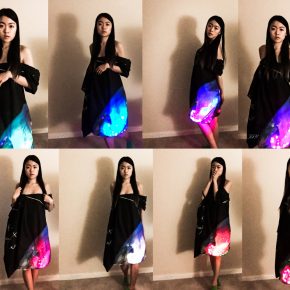
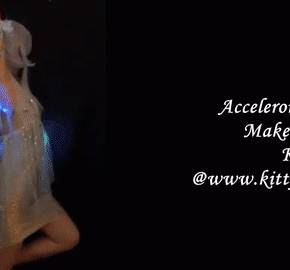
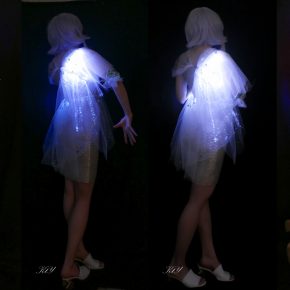
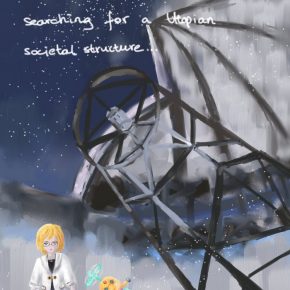
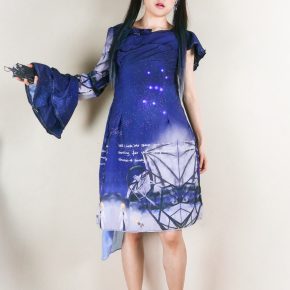
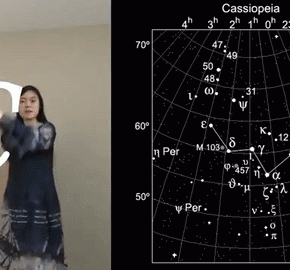

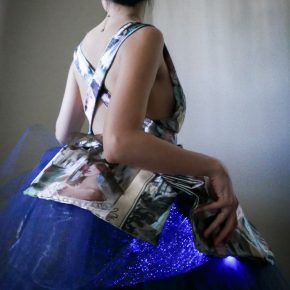

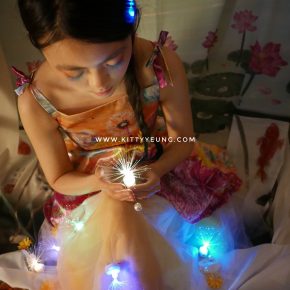
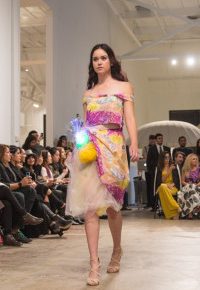
kitty you should be on coast to coastam the show that reaches mmillions of people in the u.s. and all over the world. i think they would be very interested in what you are doing.o